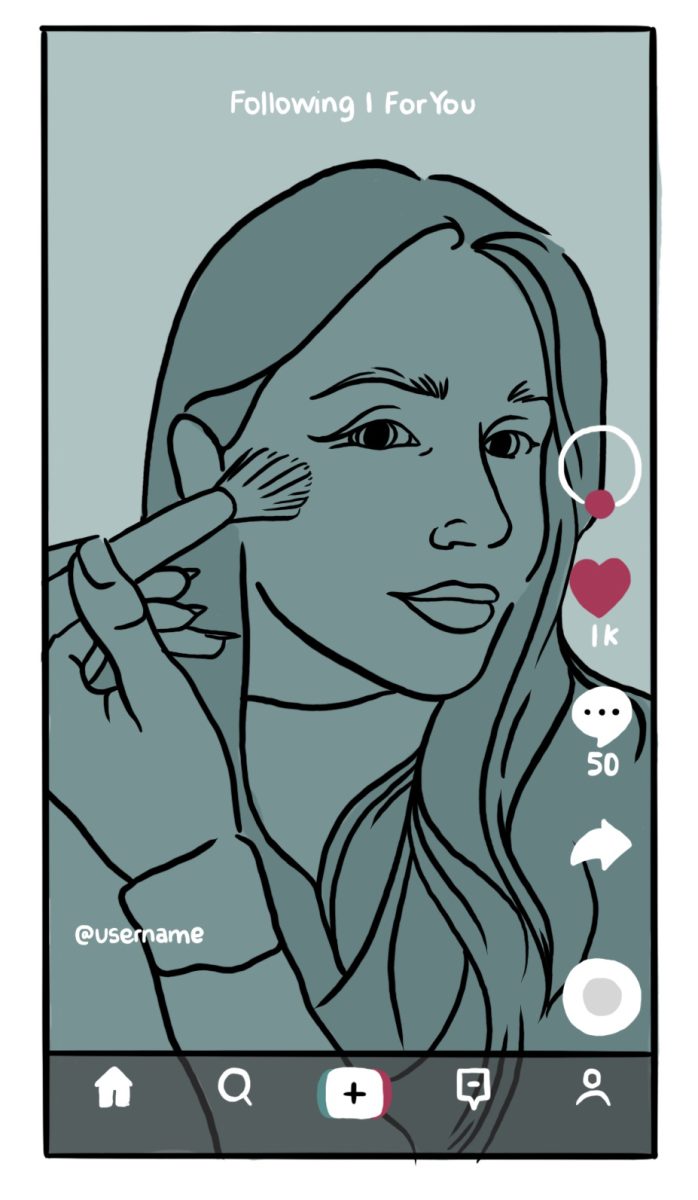There has recently been a lot of discourse on TikTok surrounding 10-year-olds who post videos applying products from high-priced beauty brands like Drunk Elephant. Attention has turned to the rapidly maturing Generation Alpha as some older teens and adults feel that girls as young as 10 with clear skin don’t need to concern themselves with anti-aging skincare products or high grade make-up. They believe the younger generation should cherish their carefree youth for as long as possible. A CNN article explores the new skin care craze of the younger generation and notes that the strong chemicals, particularly those for anti-aging, may even be damaging the skin barriers of pre-teens’ underdeveloped skin. Meanwhile, the young self care queens cannot understand why “elders” are being so critical.
Gen Alpha is not to blame for growing up too fast. With YouTube, TikTok and streaming dominating the media, traditional pre-teen channels such as Disney and Nickelodeon are losing viewership. Where Disney Channel stars once defined the fashion of pre-teens, TikTok influencers such as Alix Earle and Katie Ritchiie take their place. Pre-teens take inspiration from these women the same way we (the older teens) once did with Zendaya and Miley Cyrus (someone who ironically was accused of being responsible for an alleged increase in controversial pre-teen behavior). It is becoming more difficult to criticize young girls for maturing quickly when they are inevitably going to be influenced by their favorite TikTokers who happen to be in their 20s. A market curated for pre-teens that was dominated by the companies Claire’s and Justice has lost traction. Claire’s filed for bankruptcy in 2018 and all Justice stores were shut down permanently in 2020. If Disney Channel red carpets no longer captivate young audiences and the market for pre-teens seems to have disappeared, what is guiding Gen Alpha?
Today, I see pre-teens wearing the same styles as girls my age (16) do, and even the clothes my little sister (13) wears are different from the trends from when I was her age. Although I can’t lie, her fits are really cute.
The problem here is not pre-teens shopping in Sephora or wearing Pretty Little Thing, but rather consumer culture. It has been the same for decades, feeding off of insecurities and convincing people that they need things they truly don’t. I fall for it, you fall for it and impressionable middle schoolers absolutely fall for it. However, the biggest difference between modern and pre-social media consumer culture is that social media and the rise of popular influencers can reach larger and younger audiences.
We need to be less critical of the pre-teens of today because they are just a product of their environment. Their 10-14 year old experience may not resemble ours, but that does make it any less meaningful. They are growing and learning just like they should be. The best thing we can do for them at this point is to be kind guiding figures: gentle yet honest, inspirational yet protective.




